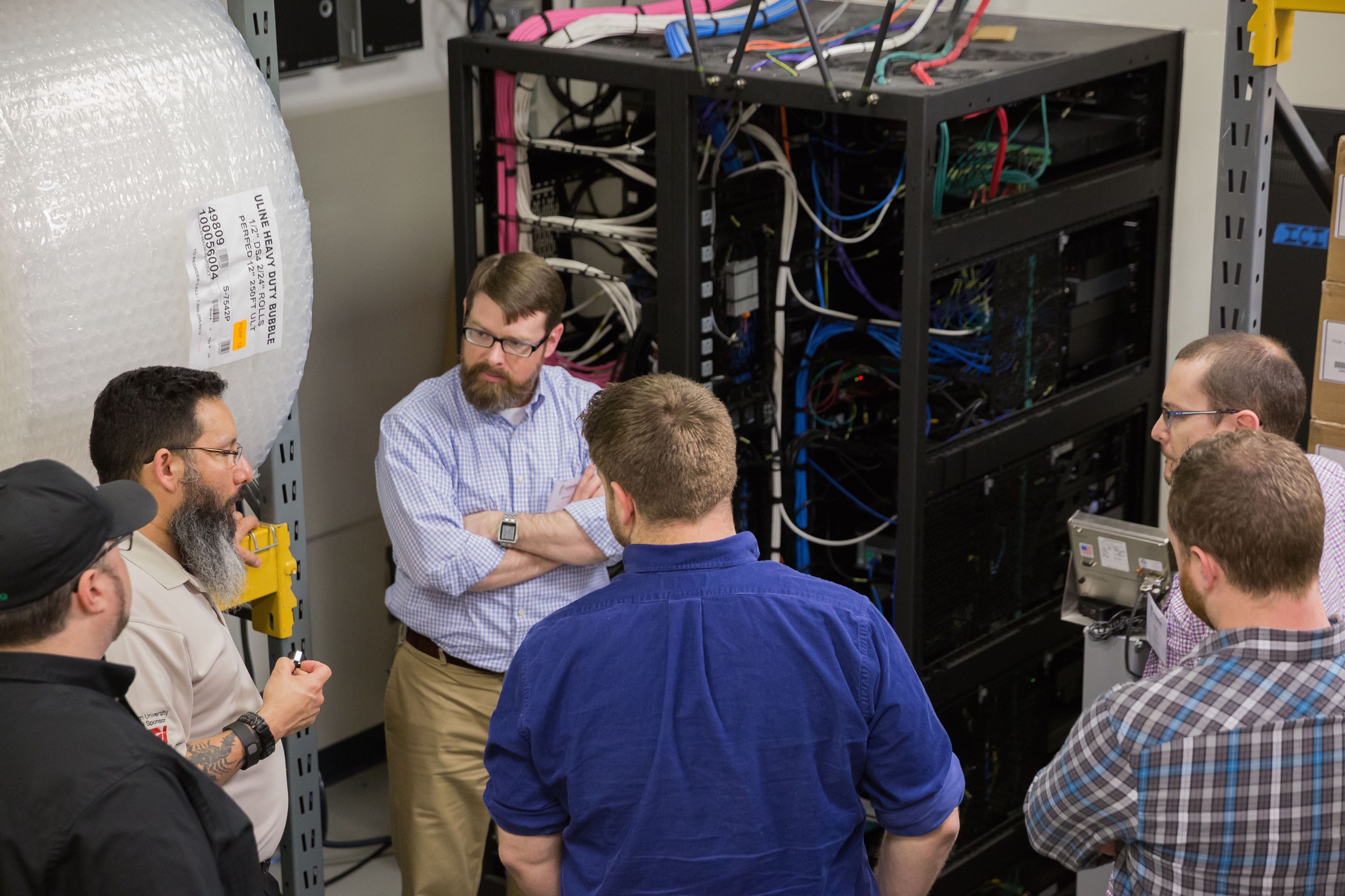
Having considered the issues pro-AV has with raising awareness of what the industry has to offer as well as promoting the career opportunities available, we conclude by looking at the importance of a structured learning pathway and find out if those within feel the broader outlook is positive, reports Ian McMurray.
One way in which it’s possible to bring potential careers to the attention of young people is to offer them the opportunity to achieve qualifications in it. Having industry-recognised qualifications also makes the recruitment process easier for prospective employers, as skill and proficiency levels become easier to determine. It’s a point made clearly by Francesca Hazell, operations director at integrator proAV.
“There could be more formal and organised graduate schemes and apprenticeships across the industry with, for example, government-backed salary scales for graduates and apprenticeships,” she says. “The industry could be made more attractive by demonstrating investment in advertising structured training programmes which are then monitored by independent bodies to ensure those who participate in such schemes are adhering to standards and progress of young people joining the industry.”
That’s something of which both CEDIA and InfoComm are acutely aware.
City & Guilds is a vocational education organisation in the United Kingdom, offering more than 500 qualifications across a range of industry sectors through 8,500 colleges and training providers in 81 countries worldwide.
“CEDIA is already on the path to setting up a structured learning pathway for our industry,” notes Aneta Armova-Levin, CEDIA’s education manager. “The first step on this road was our City & Guilds accreditation at the end of 2015. We will continue along this path, exploring the possibilities across the education spectrum and across our region. There are also standalone institutions that recognise this opportunity. Sir Charles Kao UTC [a University Technical College located in Harlow in the UK that opened in September 2014] has recently designed and fitted a smart apartment, so that students studying their Smart Environments specialism can get hands on with installing and programming.”
InfoComm has also been active in addressing the need. “The lack of formal qualifications in the industry is a challenge that it’s experiencing around the world,” says Betsy Jaffe, senior VP of member services at InfoComm. “However, InfoComm’s foundation, the International Communications Industries Foundation (ICIF), is working to address this through several initiatives. One is a massive outreach campaign that we are conducting to add AV curricula to university and college programmes. We are also working with vocational institutions to provide basic AV educational curricula that terminate with a CTS exam.
“ICIF also has a grant programme that InfoComm members can apply to be part of,” she continues. “The InfoComm member identifies a student that they would be willing to employ on a part-time basis. The InfoComm member provides the student’s school with the equivalent of a $2,000 grant – then ICIF matches with an equal size scholarship. There is plenty of coaching and mentoring to help our members run a successful programme. In addition, InfoComm provides some of its basic AV online classes free of charge to the students. We also provide free curricula to primary and secondary schools upon request.
“We would love to have more participation in the grant programme,” adds Jaffe. “This year we are awarding 20 grants, but we would love to give out more.”
The challenge for both CEDIA and InfoComm is, perhaps, to redouble their efforts in terms of communicating the progress the industry is making in addressing the concerns that Hazell described.
Their efforts are being augmented and supported by companies like Dreamtek, with its Apprentice Scheme, which identifies appropriate candidates and combines formal learning and pastoral care with 13 months of in-company placement. In terms of growth, apprenticeships are now far outstripping university entrance.
“Our Apprentice Scheme has demonstrated that there is an appetite for young people to pursue a career in the AV industry with the right encouragement and support,” claims Victoria Neeson, director for the Americas at Dreamtek.
Previously, Rob Grays, MD of the Prospero Group claimed that now is a good time to be promoting the AV industry as a great place to be. For many in the industry, that perception is being reinforced by the progressive integration of AV and IT which, many believe, is enormously helpful in terms of recruitment.
“Overall we see this as a big positive,” says Hazell. “It’s making it easier to find more suitable candidates. The IT industry has been around for decades – which in itself attracts a wide ranging and diverse pool of candidates – and it is becoming more and more apparent that the majority of AV technologies rely and work on IT networks.”
“It’s definitely a positive,” agrees Armova-Levin. “The AV industry has been converging with the IT and electrical sectors for some time. The result is increased exposure for our industry. We know CEDIA members that use IT and electrical apprentices within their businesses, not only opening their eyes to the possibilities of our industry but also increasing their skillsets compare to their peers. There are definitely transferable skills from IT into smart AV and systems integration, and our industry presents an exciting sector to implement these skills.”
It becomes apparent that there is still much the industry can do to promote itself, and to put in place the formal qualifications that reinforce its position as an attractive potential career path – and communicate more widely what it is doing. That said, however, the industry is unanimously positive about what the future holds in terms of its ability to attract and retain the best and brightest.
“We’re very optimistic,” says Hazell. “The way people are communicating and how consumer technology is becoming more readily available and expected in the workplace, can only strengthen the industry’s ability to attract younger candidates. The AV industry is a fast-evolving arena and the technology can be seen in public spaces, retail, colleges, universities and social events which have been enhanced by the convergence of AV and IT. The CIPD [Chartered Institute of Personnel and Development] are now starting to recognise the AV industry as a sector in its own right, rather than falling under IT, which will help target those candidates that have a specific interest in the AV industry.”
“Our view of the future is hugely positive,” echoes Armova-Levin. Our awareness is growing. We are on the right track to increase the structure and visibility of our industry, and we have seen great examples of young people shining in their careers. As awareness increases, so will the demand for a larger workforce; young people are a great source for this growing workforce, bringing new ideas and outlooks on the industry from a digital generation that have been more immersed in technology than any of us before. The future is very bright indeed.”
www.cedia.org
www.dreamtek.tv
www.infocomm.org
www.proav.co.uk
www.prosperointegrated.com







